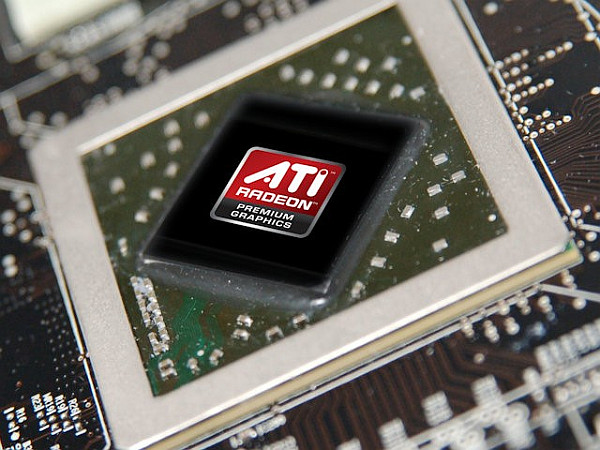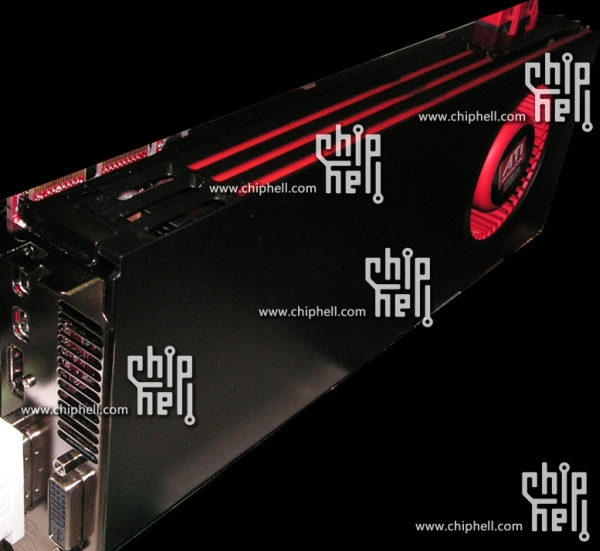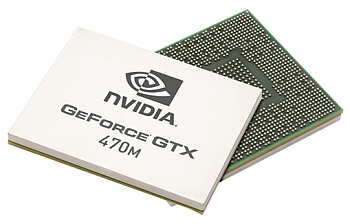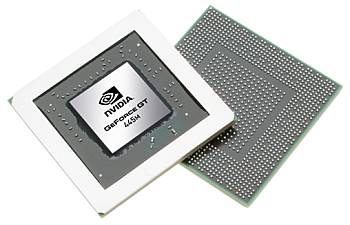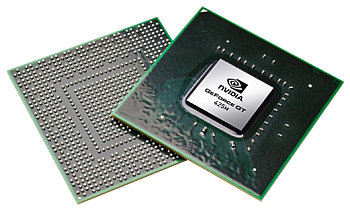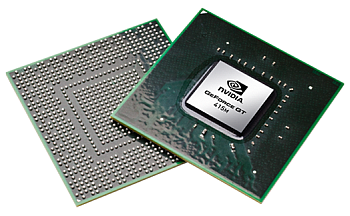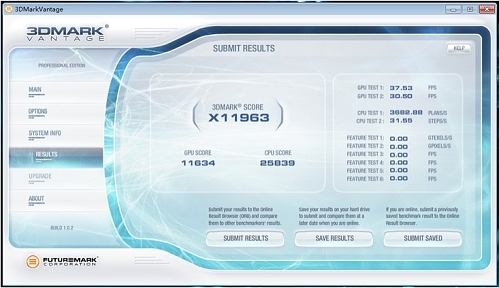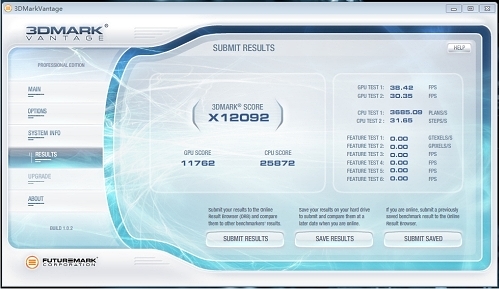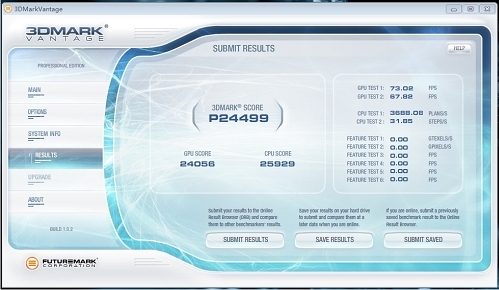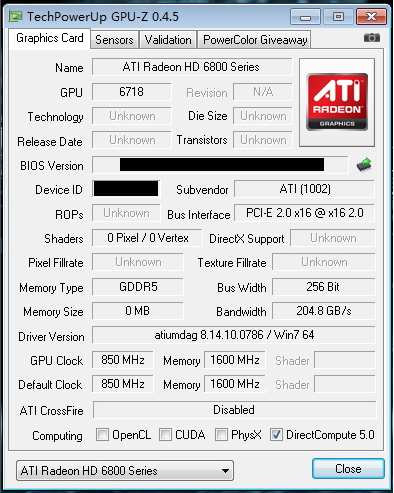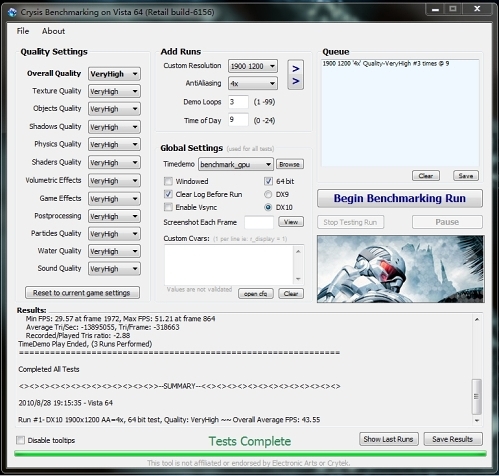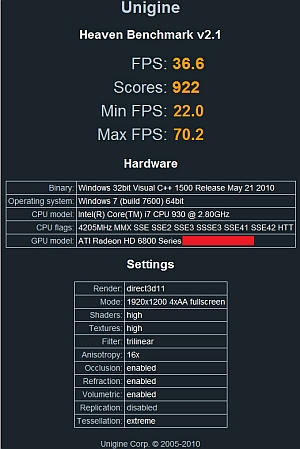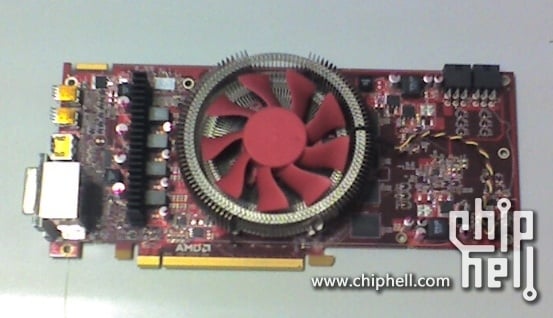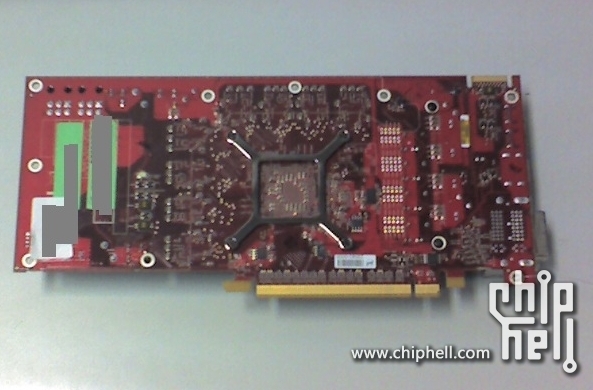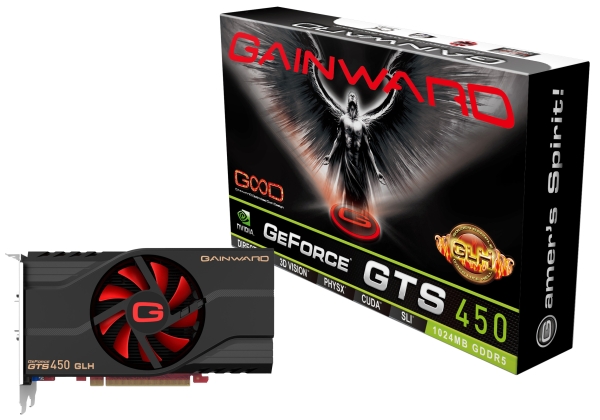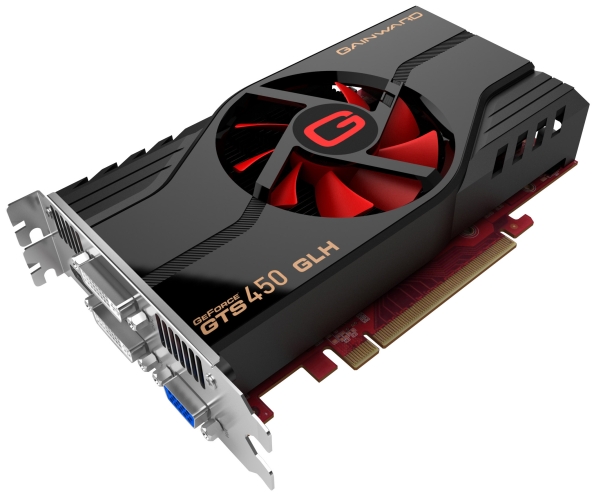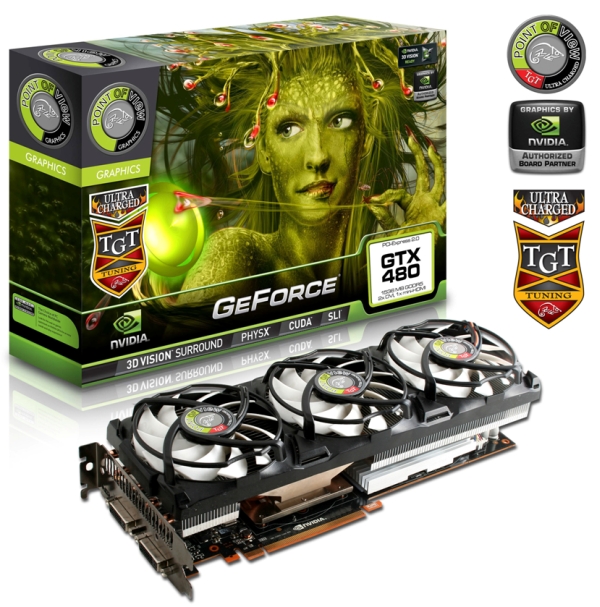Southern Islands codenames leaked in Catalyst 10.8
ATI’s latest Catalyst iteration has spilled the beans on a bunch of new Southern Islands codenames and there are a few interesting developments.
A total of 35 new cards were listed in the atiicdxx.da_ file, but sadly we’re still no closer to some actual specs. We already reported the codenames several weeks back, but now we know quite a bit more about the new lineup.
It appears that there are 11 Cayman cards to look forward to and these babies will probably be the most interesting of the lot. Cayman should replace the highly successful HD 5800 series and with a total of 4 different chips and 11 SKUs it appears that ATI has high hopes for it. However, don’t expect a bunch of Cayman-base consumer products, as it appears that 9 of them are reserved for the professional market. Two Antilles dual-GPU cards were also listed and they should be considered part of the Cayman family.
Blackomb and Barts should appear in four iterations each. Barts should replace the Juniper core and it will also be available a professional card, but we’re not sure where Blackomb fits in. Also, two Blackomb parts feature the “Gemini” moniker and frankly we don’t know what to make of it. It seems unlikely that these are dual-GPU cards, although it would be the most obvious conclusion.
Barts is followed by four Whistler cards and three cards based on the Turks core which should replace Redwoon HD 5600 cards. One of the Turk-based cards is codenamed Onega. Seymour (Skinner) also comes in four iterations, two of which are “Gemini” cards. Last in line, three Caicos based cards, one of which is codenamed Caspian. These babies should replace the Cedar HD 5400 core.
It’s quite clear that AMD has its work cut out and Nvidia has quite a few reasons to be worried. AMD seems bent on penetrating the professional market with several Cayman products. As you probably know, the professional market has been Nvidia’s cash cow for years and it’s one of its biggest money makers. However, it’s worth noting that the leak has left quite a few unanswered questions and we will try to find out a bit more soon.
Here's the complete list:
223,CAYMAN GL XT (6700),NI CAYMAN
224,CAYMAN GL XT (6701),NI CAYMAN
225,CAYMAN GL XT (6702),NI CAYMAN
226,CAYMAN GL XT (6703),NI CAYMAN
227,CAYMAN GL PRO (6704),NI CAYMAN
228,CAYMAN GL PRO (6705),NI CAYMAN
229,CAYMAN GL (6706),NI CAYMAN
230,CAYMAN GL LE (6707),NI CAYMAN
231,CAYMAN GL (6708),NI CAYMAN
232,CAYMAN GL (6709),NI CAYMAN
233,CAYMAN XT (6718),NI CAYMAN
234,CAYMAN PRO (6719),NI CAYMAN
235,ANTILLES PRO (671C),NI CAYMAN
236,ANTILLES XT (671D),NI CAYMAN
237,BLACKCOMB XT/PRO (6720),NI BLACKCOMB
238,BLACKCOMB LP (6721),NI BLACKCOMB
239,BLACKCOMB XT/PRO Gemini (6724),NI BLACKCOMB
240,BLACKCOMB LP Gemini (6725),NI BLACKCOMB
241,BARTS GL XT (6728),NI BARTS
242,BARTS GL PRO (6729),NI BARTS
243,BARTS XT (6738),NI BARTS
244,BARTS PRO (6739),NI BARTS
245,WHISTLER XT (6740),NI WHISTLER
246,WHISTLER PRO/LP (6741),NI WHISTLER
247,WHISTLER XT/PRO Gemini (6744),NI WHISTLER
248,WHISTLER LP Gemini (6745),NI WHISTLER
249,ONEGA (6750),NI TURKS
250,TURKS XT (6758),NI TURKS
251,TURKS PRO (6759),NI TURKS
252,SEYMOUR XT/PRO (6760),NI SEYMOUR
253,SEYMOUR LP (6761),NI SEYMOUR
254,SEYMOUR XT/PRO Gemini (6764),NI SEYMOUR
255,SEYMOUR LP Gemini (6765),NI SEYMOUR
256,CAICOS GL PRO (6768),NI CAICOS
257,CASPIAN PRO (6770),NI CAICOS
258,CAICOS PRO (6779),NI CAICOS
